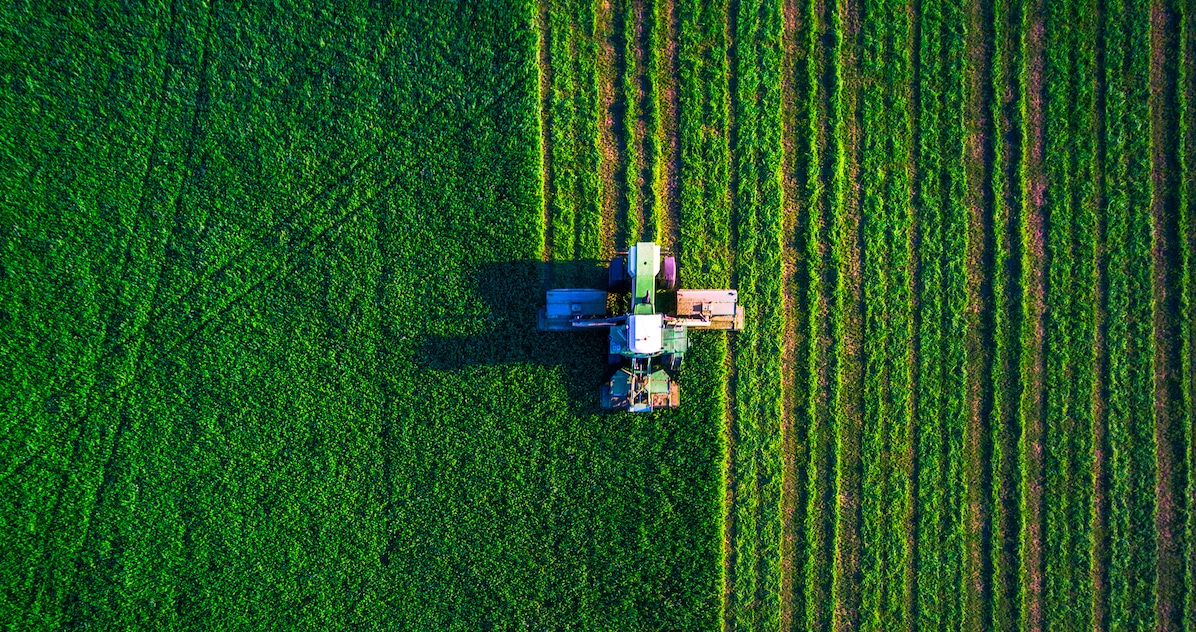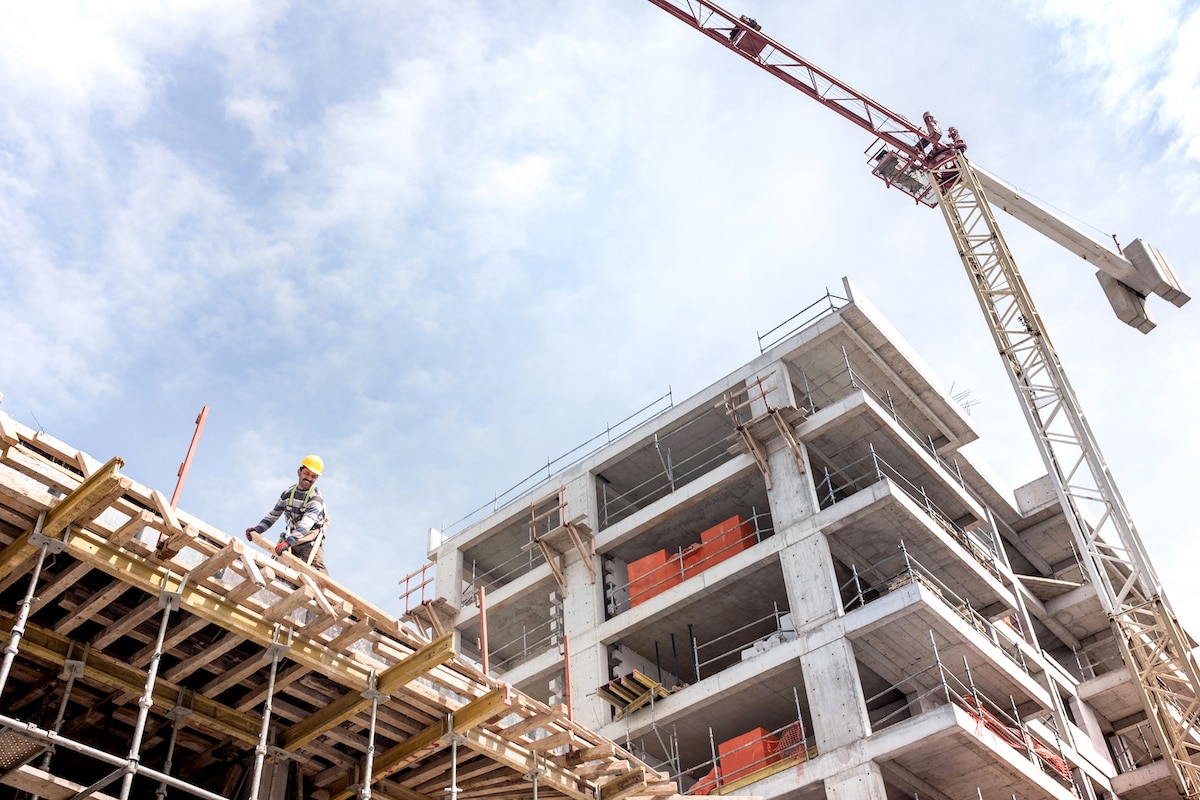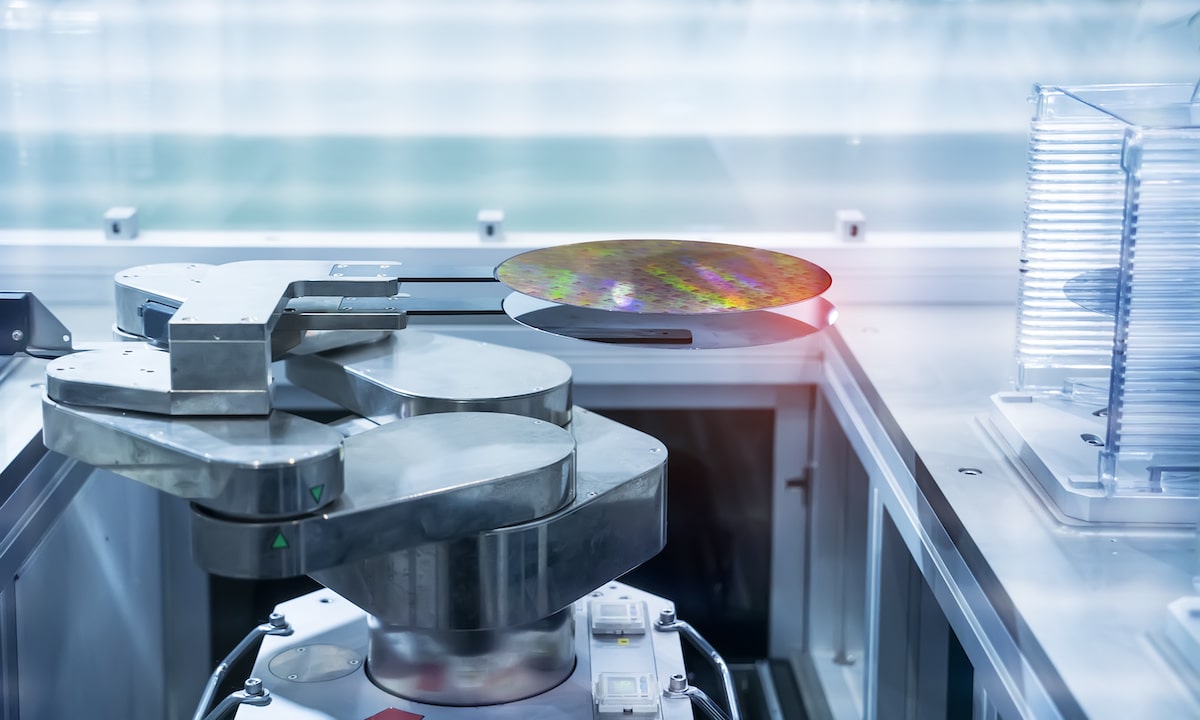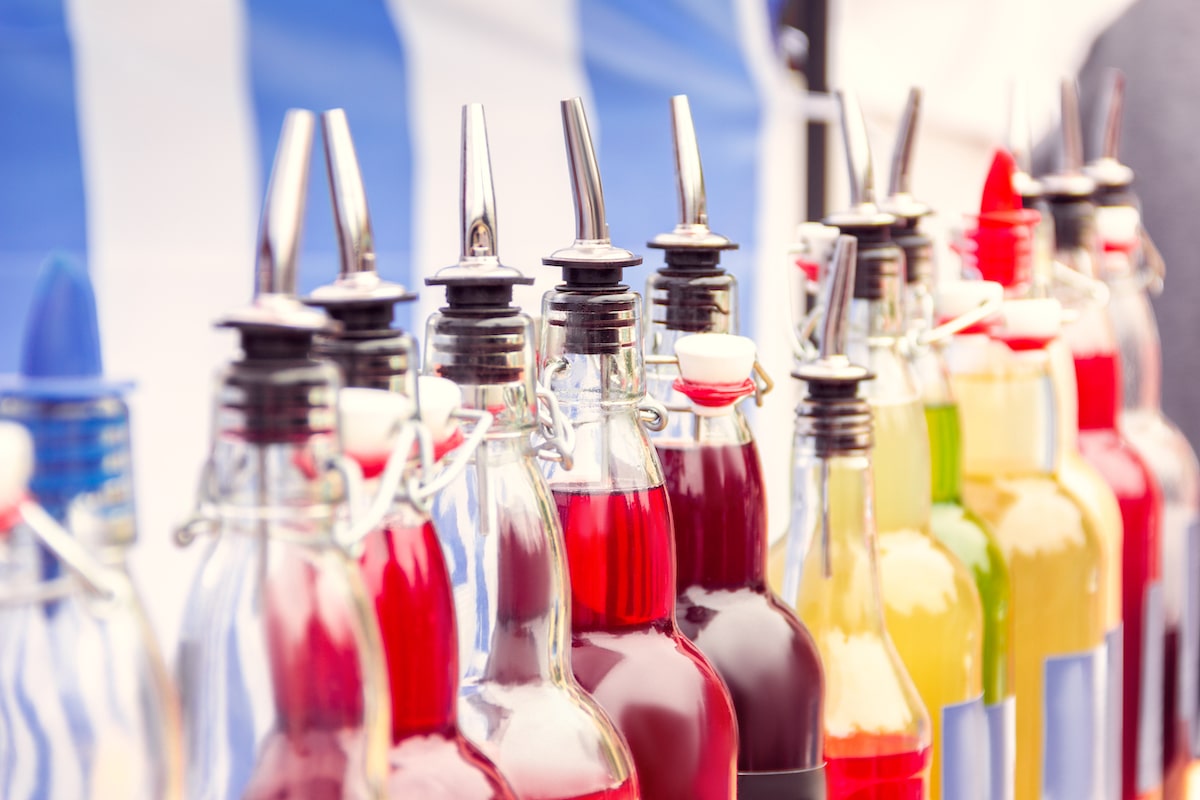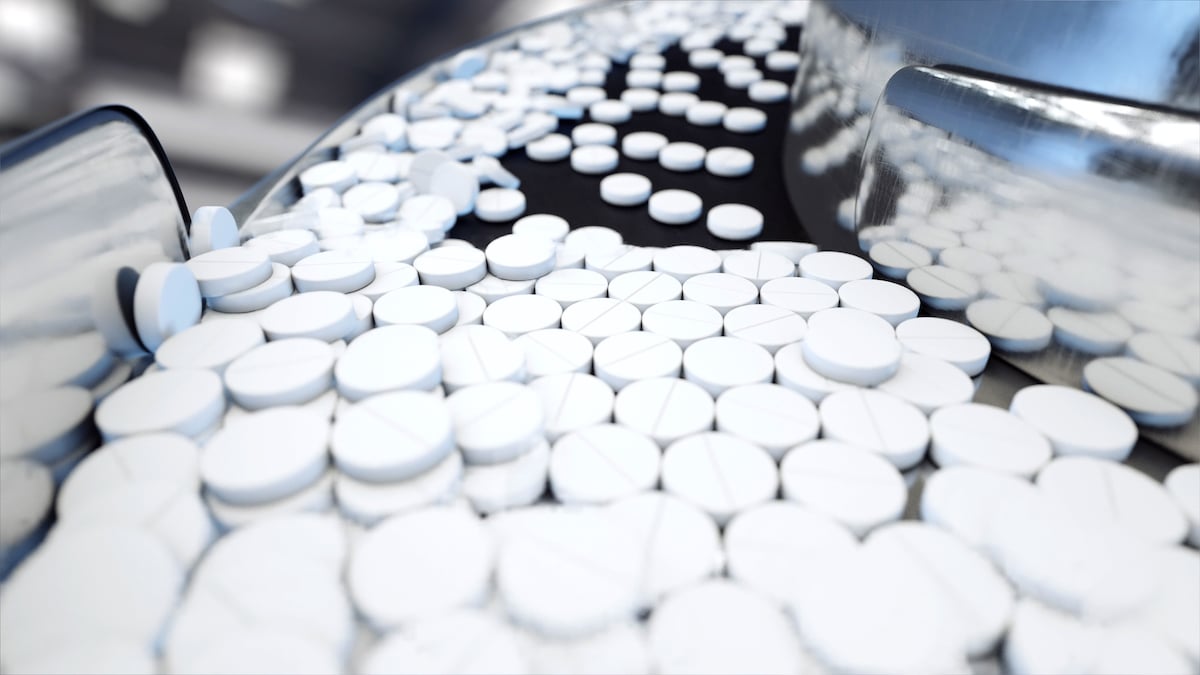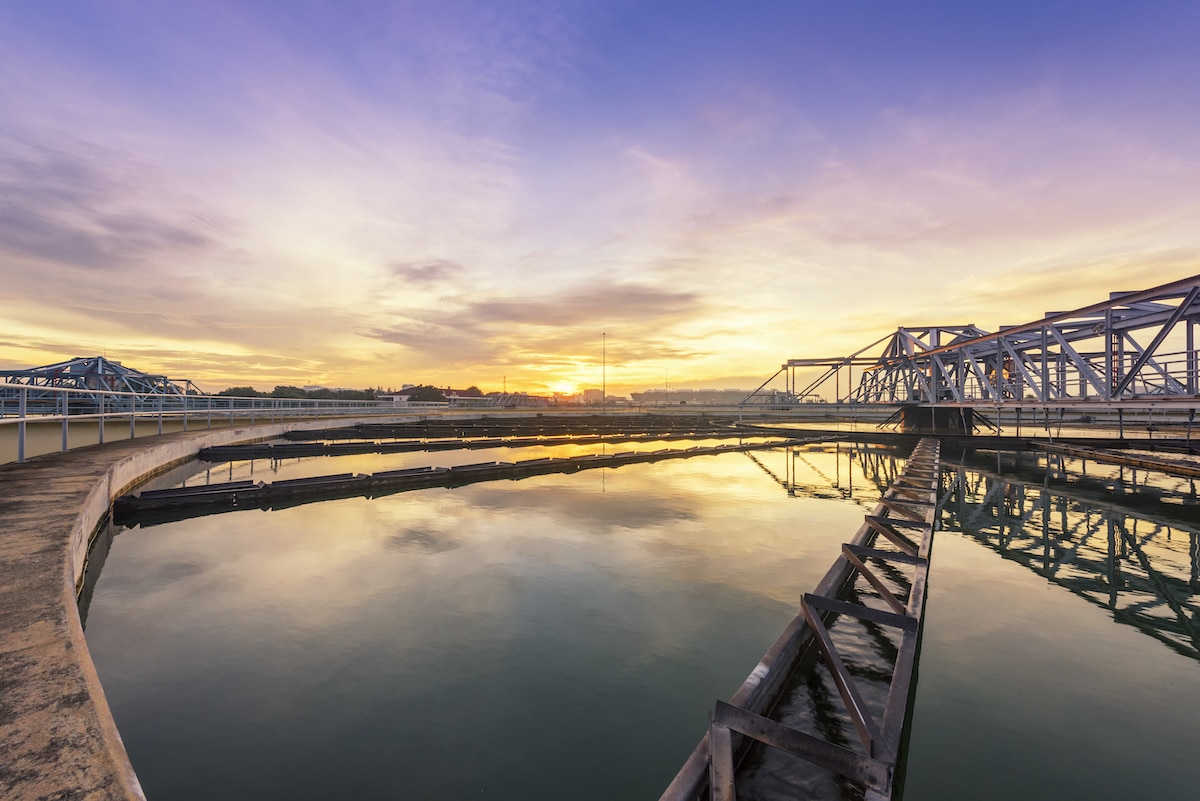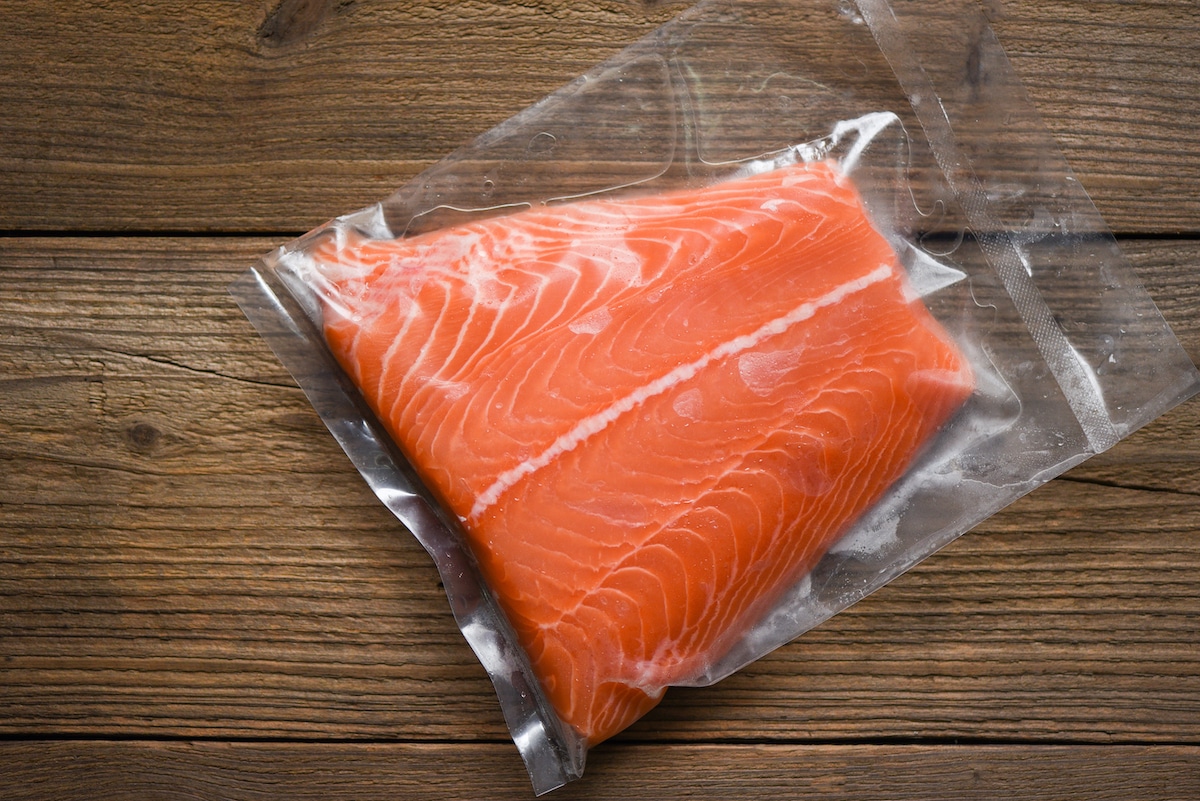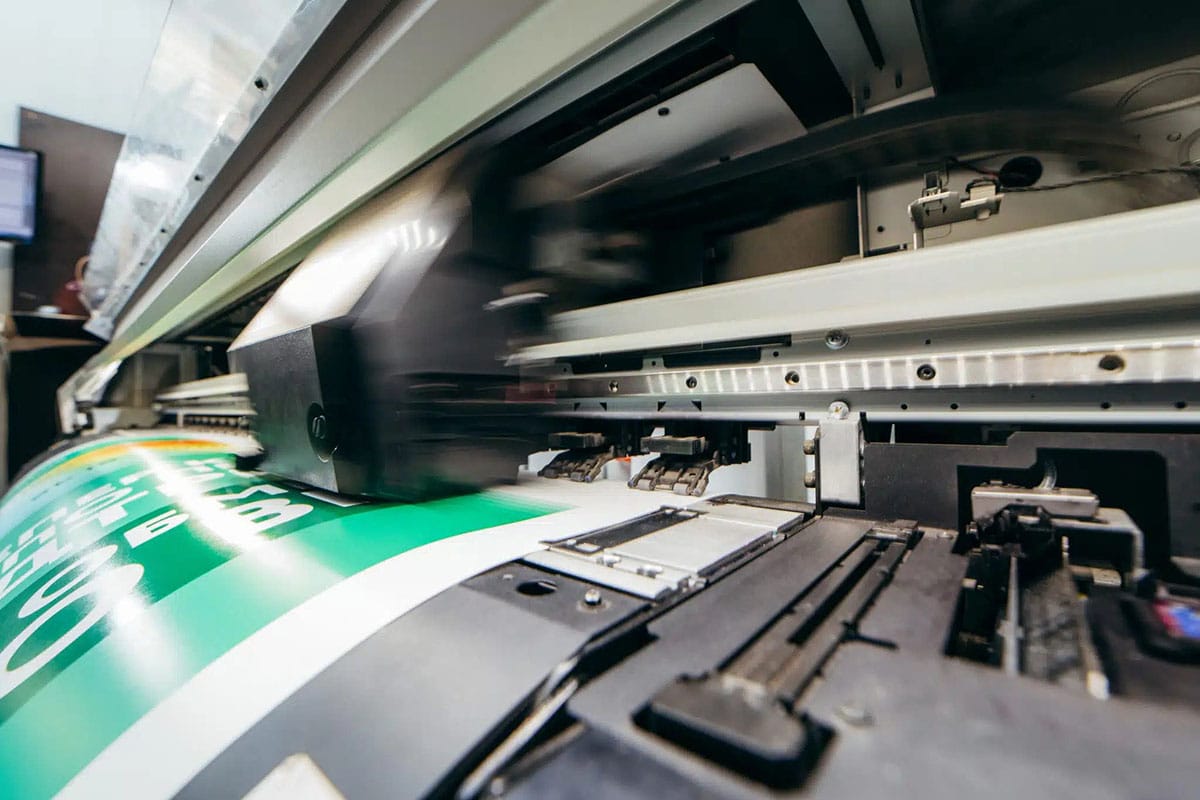
The AdvanSix Story:
We make the materials that make the solutions that make the world go round
About AdvanSix
At AdvanSix, it all starts with our people. Each of us are committed to developing the right chemistries and properties to solve our customers’ most difficult challenges. As a diversified chemistry company, we are the source for vital solutions that enable our customers around the world to deliver a diverse range of products. We play a critical role in global supply chains, innovating and delivering essential products for a wide variety of end markets and applications that touch people’s lives, such as the nutrition for crops that feed the world, packaging that increases the shelf life of food in the grocery store, the additives in vibrant paints that decorate homes, the nylon in the soft, durable carpet under our feet, and so much more.
At AdvanSix, we make the materials that make the solutions that make the world go round. We’ve been at the forefront of creating materials that impact the world for nearly a century. Now we are looking beyond and driving innovation to help our customers solve today’s challenges and tomorrow’s opportunities.
PURPOSE
AdvanSix. Good Chemistry.
We stand out among chemistry companies thanks to our long legacy of success and a commitment to a brighter future.
Innovative
Our people are eager to explore new ways of solving problems and delivering solutions to meet our customers’ needs. Our trained iCoaches apply the principles of Systemic Innovative Thinking to solve challenges and embrace opportunities in new ways.
Always evolving
We are on a relentless mission to do better, every day. That includes a commitment to improving sustainability and continuing our journey to be a more equitable, diverse and inclusive employer.
People first
It all starts with people – our employees, communities, partners and customers. We come together to make this a stronger company, a tighter community, a better world.
Safe, effective products
We take pride in delivering safe and high quality products. Our relentless commitment to continuous discovery and innovation helps to meet our customers’ evolving requirements.
“Our people are our greatest asset and the foundation for our success.”
LEADERSHIP
CAREERS
Whatever your career aspiration, AdvanSix provides rewarding opportunities for people who want to make an impact.
Finance
Human Resources & Communications
Legal & Compliance
Health, Safety & Environment
Research & Development
“We continue to sharpen our focus on our sustainability strategy, evolving to help our customers meet their own sustainability objectives. ”
SUSTAINABILITY
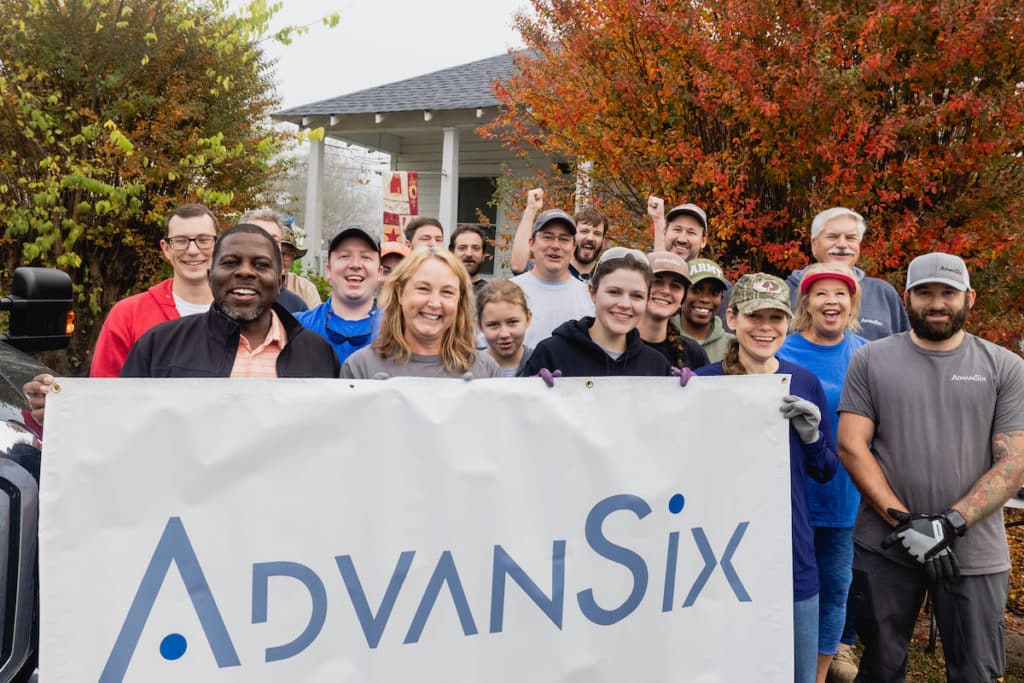
COMMUNITY ENGAGEMENT
We strive to be good neighbors and partners in the communities where we operate, giving back through volunteer efforts, monetary donations and outreach opportunities.
OUR STORY
Since the days of our founding, AdvanSix has remained committed to innovation, growth and stability.
The foundational years of AdvanSix established a deep commitment to innovation that pioneered the synthetic nitrogen fertilizer industry and created a culture of step-change growth and operational stability that are still at the core of who we are today. The business constructed plants to meet customer needs for key products and reliable supply, and raced forward on focused product development.
This era saw growing customer demand, thanks in part to new production processes such as caprolactam via rashig technology, ammonium sulfate production and synthetic phenol via a new cumene process. It was a period of constant construction and expansion, specifically at the Chesterfield nylon production facility.
Ongoing innovation led to a decade of expanding capabilities, such as the fiber and polymers lab in Colonial Heights, Virginia. We brought new plants into operation while increasing capacity at others to meet escalating demand in nylon markets for tire cord and carpet fibers.
We introduced more efficient process technologies and developed exciting new products like Anso-Nylo, Aegis® MBM for carpet fibers and Capran® films. At the same time, customers were finding more uses for these products, leading to an era of significant growth not only in production capabilities, but also in the portfolio of product offerings for films and packaging.
The business expanded in all areas, launching new products such as Sulf-N® mid-grade fertilizer, Aegis® resins for wire and cable applications, and EZ-Blox™ anti-skinning agent for paints and coatings. We also invested in an applications lab in Shanghai, a Center of Excellence in Colonial Heights and new pilot lines for accelerated product development.
Honeywell spun off its Resins and Chemicals business into a standalone, publicly-traded company — AdvanSix Inc., which is now a fully integrated manufacturer of nylon 6 resins, chemical intermediates and ammonium sulfate fertilizers.
AdvanSix acquired U.S. Amines, adding the Bucks, Alabama, and Portsmouth, Virginia, production facilities to our portfolio.
MANUFACTURING SITES
Safe, stable and sustainable operations are at the core of what we do and who we are. We take pride in outperforming every day for each other, our stakeholders and our community. We safely deliver the highest levels of reliability, consistency and quality products to our customers through our leading manufacturing facilities, proven processes and a robust supply chain. We safely deliver the highest levels of reliability, consistency and quality across our portfolio of facilities. Our operational excellence is built on a foundation of leading edge processes, continuous improvement and a robust supply chain.
NEWS
Discover what’s new at AdvanSix.

